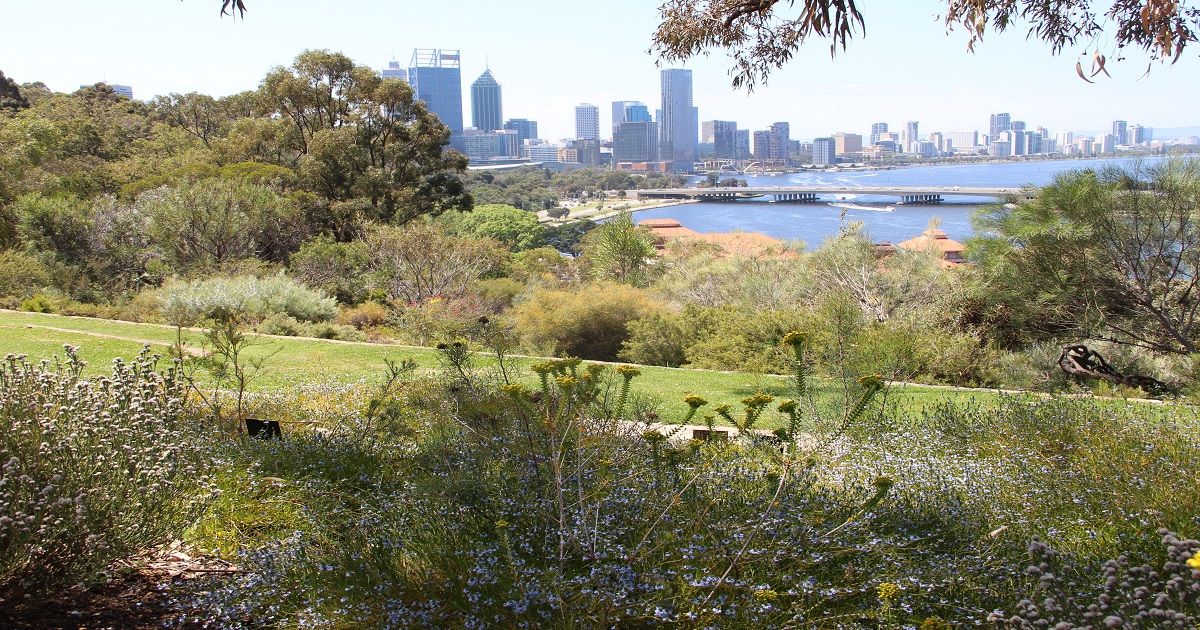- 3.2Impact Factor
- 5.9CiteScore
- 16 daysTime to First Decision
Urban and Peri-Urban Environment: Searching for Sustainable Planning, Design and Management Solutions
This special issue belongs to the section “Land Planning and Landscape Architecture“.
Special Issue Information
Dear Colleagues,
Landscape architecture and design research is becoming increasingly popular due to rapid urbanization and its impacts on the urban and peri-urban environment. Constant mitigation and sprawl of urban areas is an imperative and it is important to know which natural and designed landscapes are most suitable and can be used as an inspiration for sustainable solutions. Such knowledge is crucial to achieving sustainable urbanization while maintaining and improving urban and peri-urban areas as well as providing a healthy and biodiverse environment for urban residents.
Thus, innovative research that is supported by computational approaches, field studies and spatial analysis to expand the knowledge on sustainable urbanization is in high demand. In this Special issue, we invite researchers to share their state-of-the-art work on landscape architecture and design combined with sustainable maintenance and management solutions, and other research fields such as urban blocks, urban green-blue infrastructure, public places, and architectural and design amenities related to urban and peri-urban environmental engineering to better cope with the urbanization phenomenon.
The goal of this Special Issue is to collect papers (original research articles and review papers) to give insights about sustainable urban and periurban landscape planning, design and management.
This Special Issue will welcome manuscripts that link the following themes:
- Peri-urban landscape restoration;
- Sustainable architecture, design and, management of open and public spaces;
- Design and management of green and blue urban infrastructure spaces;
- Sustainable urban design;
- Planning and maintenance of peri-urban areas;
- Enhancement of environment and human health and psychological benefits.
We look forward to receiving your original research articles and reviews.
Prof. Dr. Richard Smardon
Prof. Dr. Maria Ignatieva
Guest Editors
Manuscript Submission Information
Manuscripts should be submitted online at www.mdpi.com by registering and logging in to this website. Once you are registered, click here to go to the submission form. Manuscripts can be submitted until the deadline. All submissions that pass pre-check are peer-reviewed. Accepted papers will be published continuously in the journal (as soon as accepted) and will be listed together on the special issue website. Research articles, review articles as well as short communications are invited. For planned papers, a title and short abstract (about 250 words) can be sent to the Editorial Office for assessment.
Submitted manuscripts should not have been published previously, nor be under consideration for publication elsewhere (except conference proceedings papers). All manuscripts are thoroughly refereed through a single-blind peer-review process. A guide for authors and other relevant information for submission of manuscripts is available on the Instructions for Authors page. Land is an international peer-reviewed open access monthly journal published by MDPI.
Please visit the Instructions for Authors page before submitting a manuscript. The Article Processing Charge (APC) for publication in this open access journal is 2600 CHF (Swiss Francs). Submitted papers should be well formatted and use good English. Authors may use MDPI's English editing service prior to publication or during author revisions.
Keywords
- sustainability
- planning
- landscape design
- management
- urban
- peri-urban

Benefits of Publishing in a Special Issue
- Ease of navigation: Grouping papers by topic helps scholars navigate broad scope journals more efficiently.
- Greater discoverability: Special Issues support the reach and impact of scientific research. Articles in Special Issues are more discoverable and cited more frequently.
- Expansion of research network: Special Issues facilitate connections among authors, fostering scientific collaborations.
- External promotion: Articles in Special Issues are often promoted through the journal's social media, increasing their visibility.
- e-Book format: Special Issues with more than 10 articles can be published as dedicated e-books, ensuring wide and rapid dissemination.

